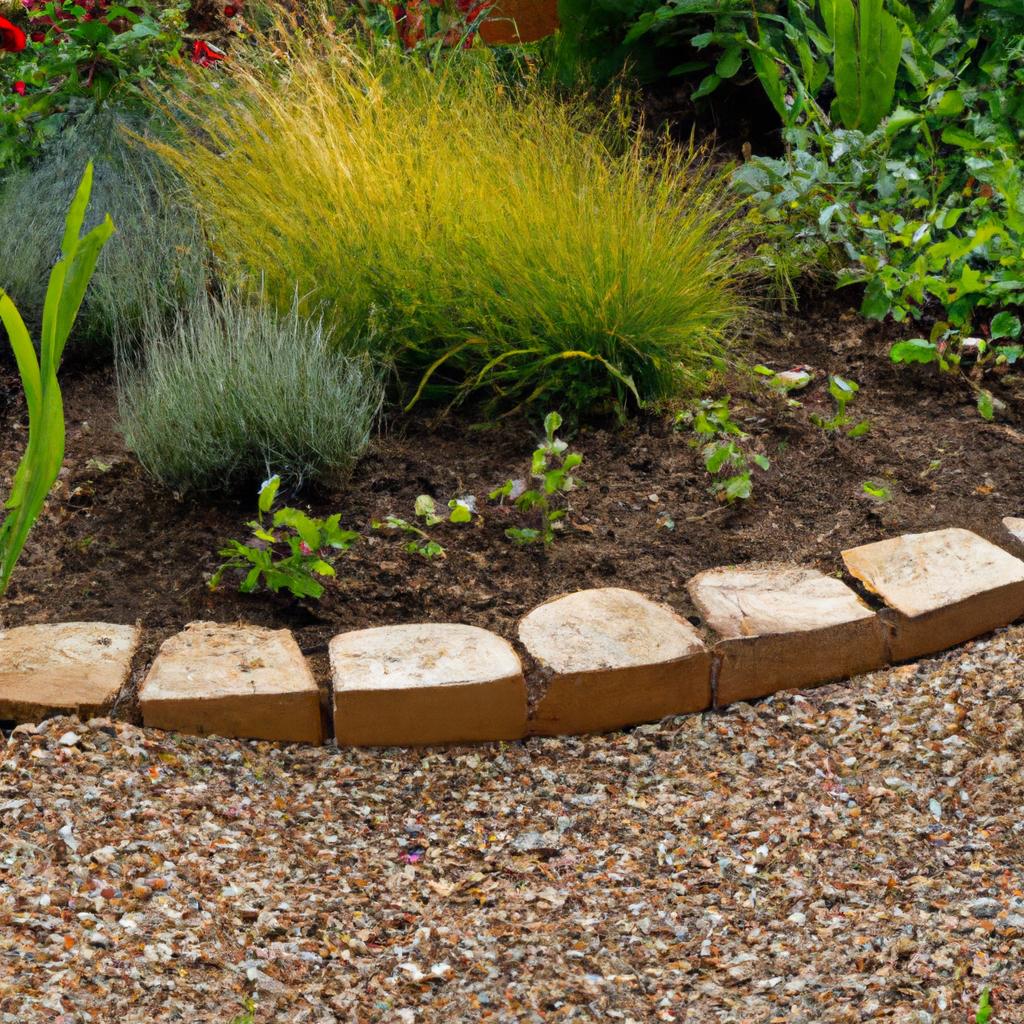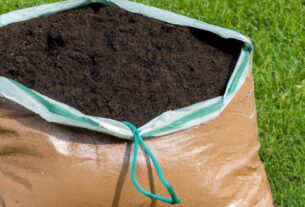If you’re seeking a simple yet effective way to elevate your garden’s appearance, garden edging should be your go-to solution. Garden edging serves as a technique to define the boundaries of your garden bed, creating a clean and polished look that enhances the overall aesthetic appeal of your outdoor space. With the right garden edging, you can transform your garden into a picturesque landscape that will impress your neighbors and create a serene environment for you to enjoy.
Garden edging has gained significant popularity in recent years, and for good reason. Not only does it make your garden look more beautiful, but it also serves practical purposes. It helps prevent soil erosion, keeps mulch in place, and reduces weed growth. With a wide array of garden edging materials available, you can choose the one that complements your garden’s style and fits your budget.
Types of Garden Edging
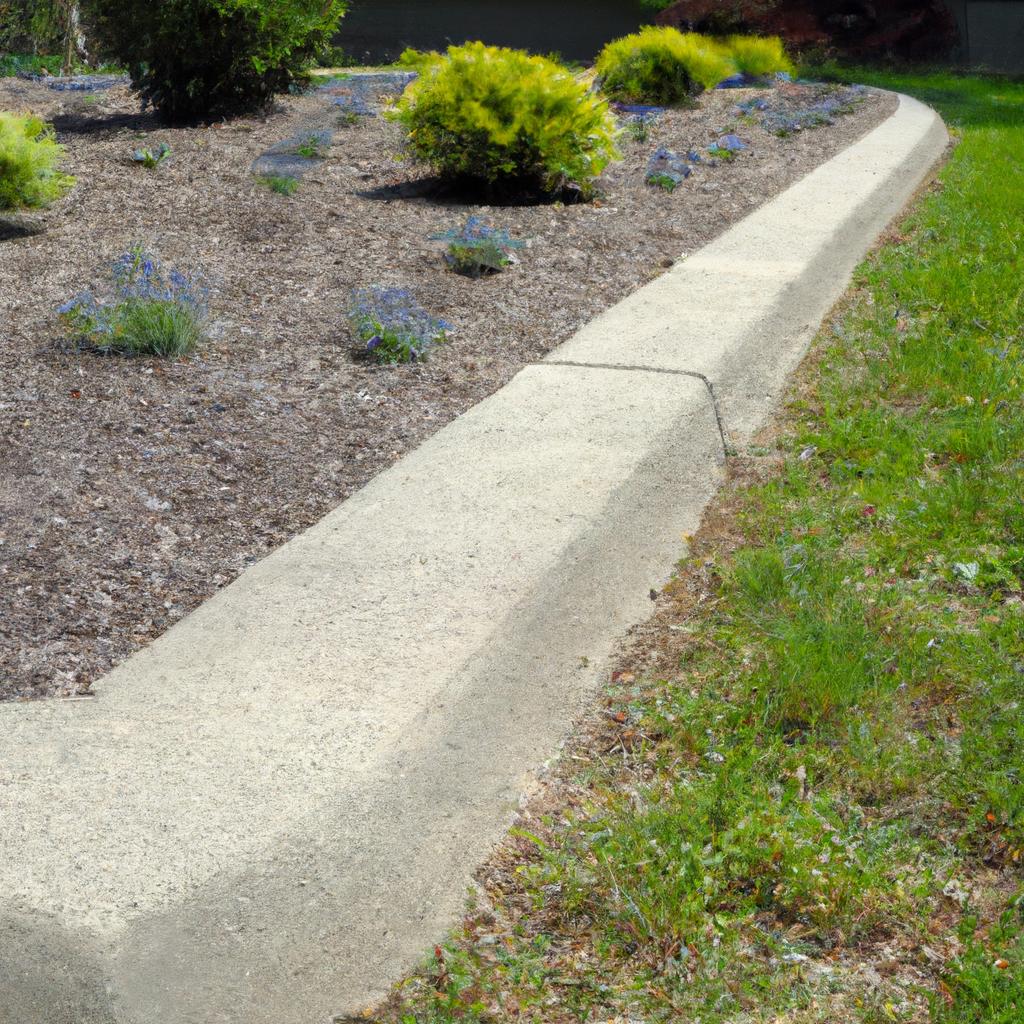
There are various types of garden edging materials to choose from, each with its advantages and disadvantages. Let’s explore some of the most popular options:
Natural Edging Materials
Natural edging materials, such as rocks, stones, and wood, are a popular choice for those desiring a rustic or natural look. These materials blend seamlessly with the garden’s surroundings and have the added benefit of being environmentally friendly. However, it’s important to note that natural edging materials may require more maintenance as they can decay over time or become dislodged.
Concrete Edging
Concrete edging is a durable and long-lasting option for garden edging. It comes in various colors, shapes, and sizes, allowing you to customize the look of your garden. Concrete edging is easy to install and requires minimal maintenance. However, it’s worth mentioning that it can be more expensive compared to other options, and once installed, it cannot be easily removed or repositioned.
With the right garden edging, you have the power to create a beautiful and functional garden that will be the envy of your neighborhood. Before making your decision, consider the type of garden edging that best suits your garden’s style, your budget, and your maintenance preferences.
Factors to Consider When Choosing Garden Edging
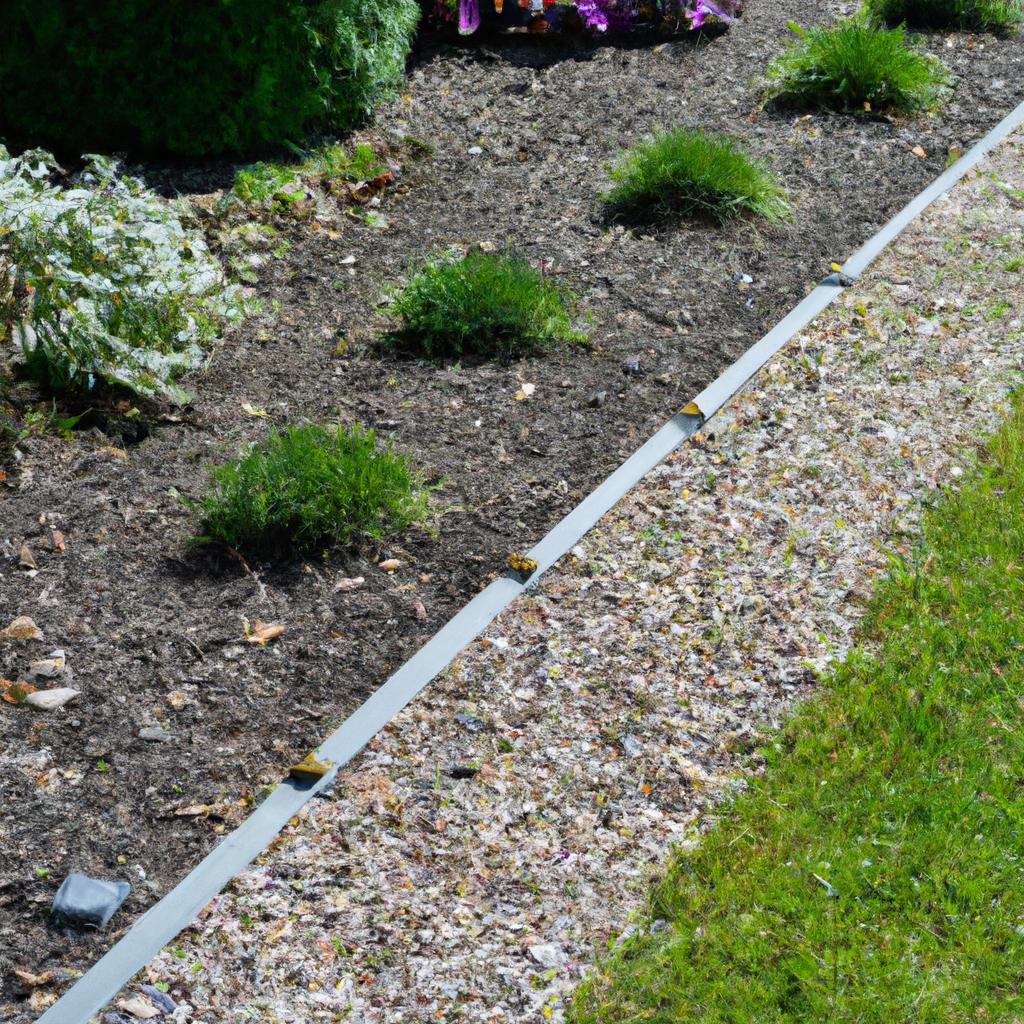
To help you make an informed decision, here are some factors to consider when choosing garden edging:
Garden Design
First and foremost, consider your garden’s design. Choose edging that complements your garden’s style and enhances its overall aesthetic appeal. For a modern garden, sleek and minimalist edging options like metal or concrete may be the perfect fit. If your garden has a more traditional look, natural edging materials like rocks or wood can add a touch of rustic charm.
Budget
Budget is another crucial factor to consider. Garden edging materials vary in price, from inexpensive plastic edging to pricier options like concrete or metal. It’s important to choose edging that fits your budget while still accomplishing your design goals.
Maintenance Requirements
Different types of garden edging have different maintenance needs. Natural materials like wood or rocks may require more upkeep compared to concrete or metal edging. Before making a decision, think about the time and effort you’re willing to invest in maintaining your garden edging.
Durability
Durability is a key consideration when selecting garden edging. You want to choose materials that will last for years without needing frequent replacement. In general, concrete and metal edging tend to be more durable than natural materials like wood or rocks. However, it’s essential to take into account your local climate and weather conditions, as extreme temperatures or weather events can impact the durability of your garden edging.
By carefully considering these factors, you can choose the ideal garden edging that not only suits your garden’s style but also fits your budget and requires minimal maintenance while lasting for years to come.
Installing Garden Edging
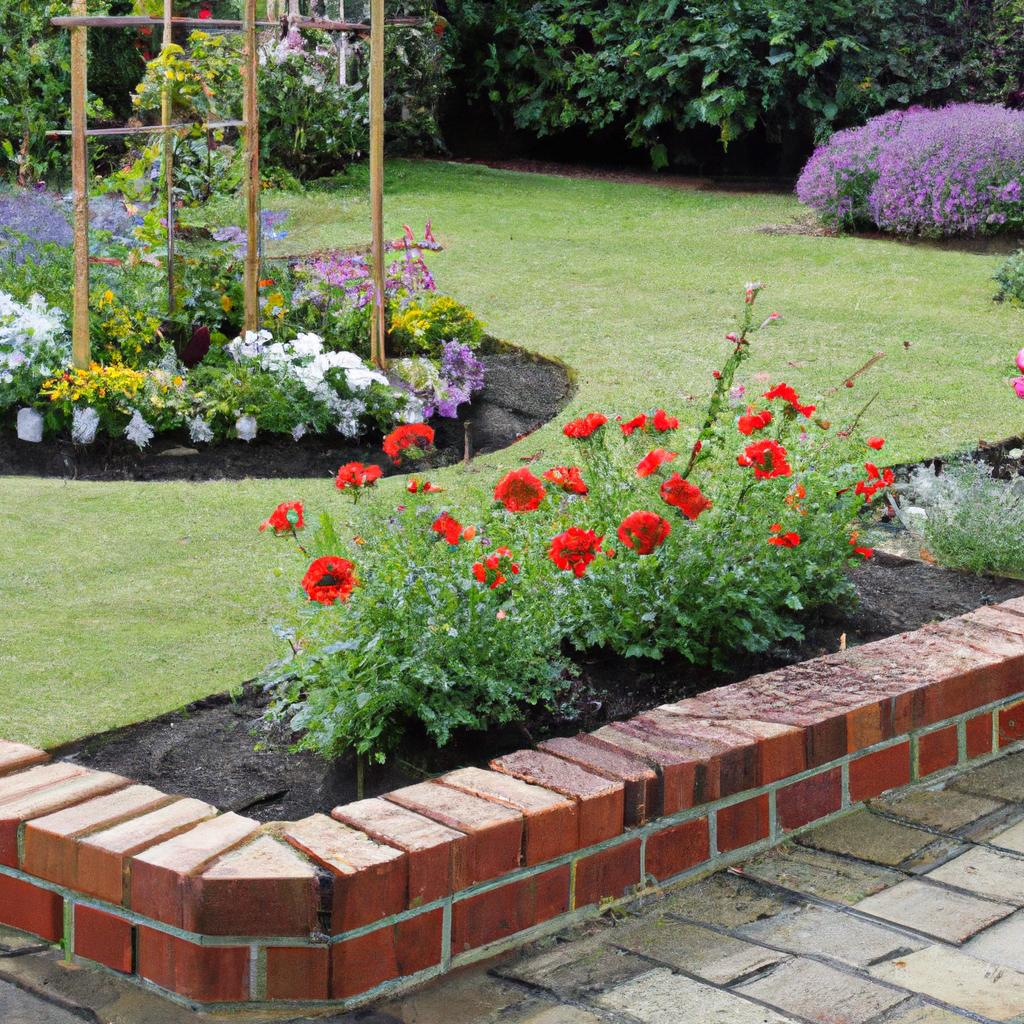
Once you’ve selected the type of garden edging that meets your needs, it’s time to install it. Here is a basic step-by-step guide to installing garden edging:
Steps to Prepare the Garden Bed
Before installing garden edging, prepare the garden bed by removing any debris or weeds. Level the soil if needed to ensure the edging sits evenly. You may also consider laying down landscape fabric to prevent weed growth.
Installing the Edging Material
Once the garden bed is ready, it’s time to install the chosen edging material. Follow the manufacturer’s instructions for your specific type of edging. For plastic edging, you may need to dig a trench and insert the edging into the ground. Concrete or metal edging may require pouring a concrete footing to secure it in place.
Finishing Touches
After installing the edging, add the finishing touches to your garden bed. Add mulch or gravel to create a clean and polished look. You can also plant flowers or shrubs within the garden bed to create a beautiful and functional landscape.
By following these steps, you can install garden edging that enhances the beauty and functionality of your garden while preventing soil erosion and reducing weed growth.
Maintenance of Garden Edging
Maintaining your garden edging is crucial to ensure it remains in good condition and serves its purpose effectively. Here are some maintenance tips to keep your garden edging looking great:
Removing Weeds and Debris
Regularly remove weeds and debris that accumulate along the edges of your garden bed. Weeds can grow through the edging material, compromising its effectiveness. Clearing debris prevents damage to the edging, ensuring it contains the soil and mulch properly.
Repairing Damaged Edging
Inspect your garden edging regularly for any signs of damage. Repair cracks or breaks in the edging material promptly to prevent further deterioration. Damaged edging can lead to soil and mulch spilling out of the garden bed, detracting from its appearance.
Replacing Worn-Out Edging
Over time, garden edging may become worn out and less effective. If your edging is no longer serving its purpose, consider replacing it. Replacing worn-out edging can improve the appearance of your garden and help prevent soil erosion, mulch displacement, and weed growth.
Conclusion
To sum up, garden edging is a simple yet effective way to enhance the appearance and functionality of your garden. With a wide range of edging materials to choose from, there is an option suitable for every garden style and budget. Garden edging not only adds aesthetic appeal but also serves practical purposes such as preventing soil erosion and weed growth.
To ensure the longevity of your garden edging, it’s important to prioritize regular maintenance. Removing weeds and debris, repairing any damage, and replacing worn-out edging are essential steps to keep your garden looking its best.
At TooLacks, we highly recommend garden edging as a simple yet effective way to transform your garden into a beautiful and functional outdoor space. Visit TooLacks to explore our wide selection of high-quality garden edging materials and bring your vision to life.
